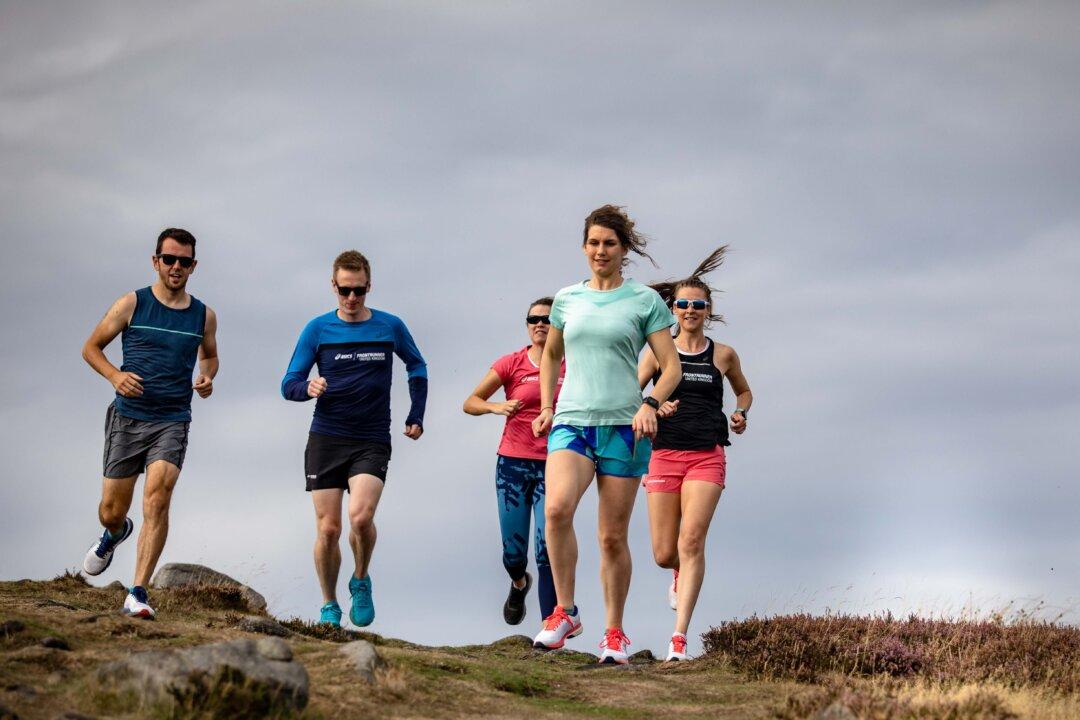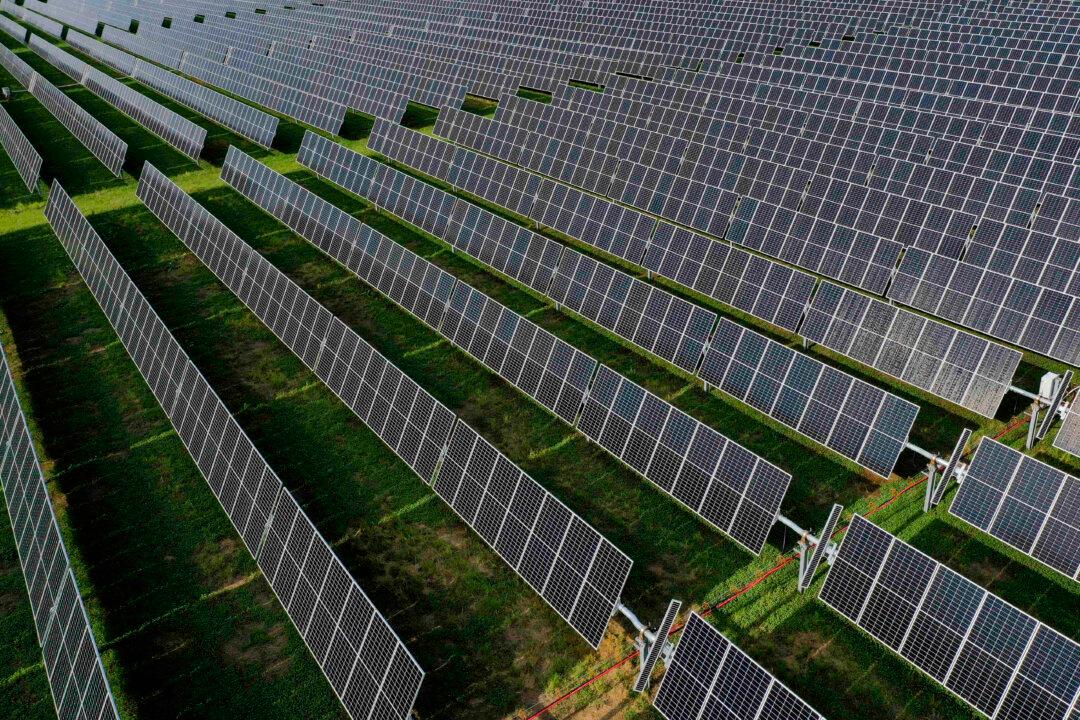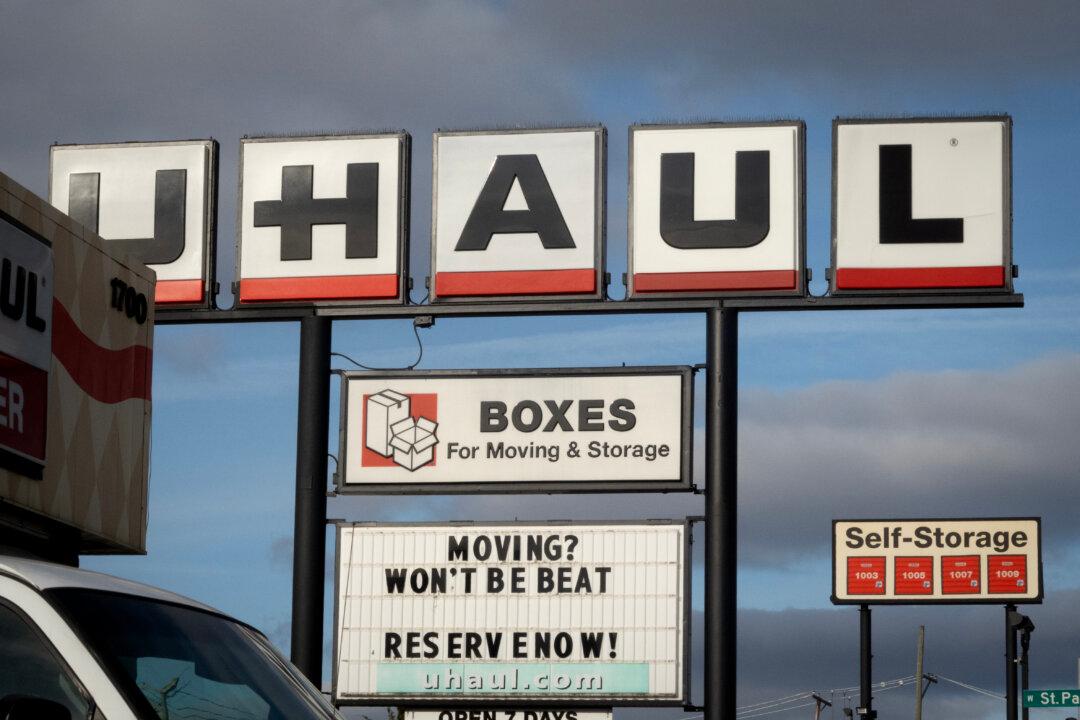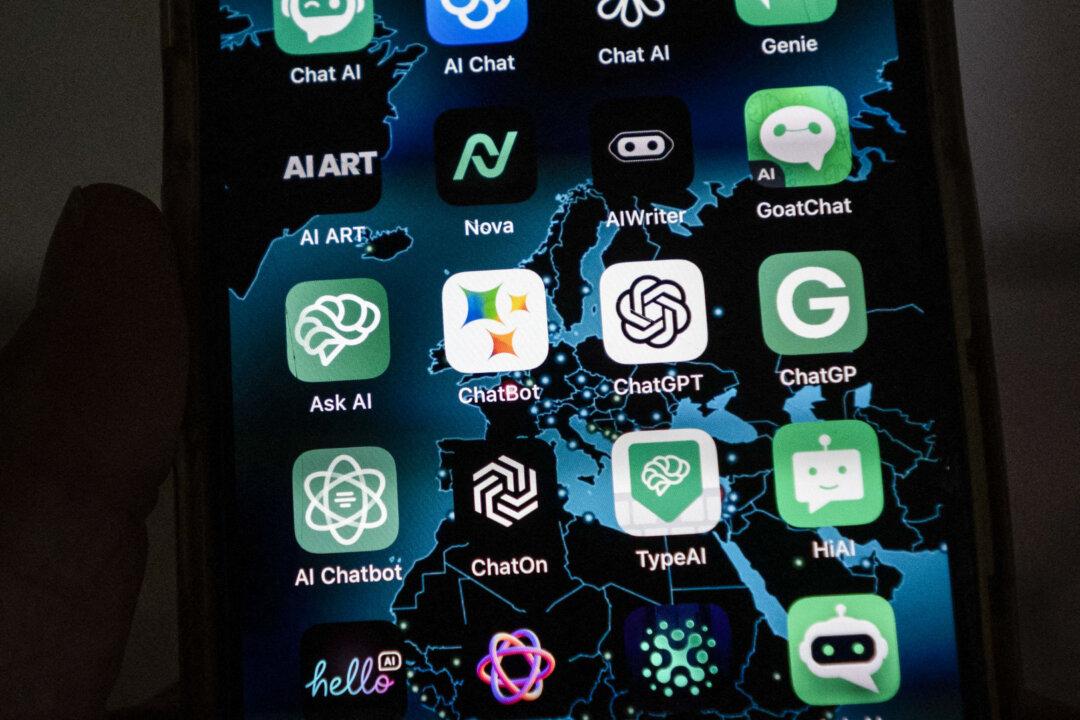Commentary
Every Tuesday evening, a youthful horde of runners descends on Miami’s financial district. Running, jogging, and power walking, the semi-organized group of exercise enthusiasts streams over the sidewalks and streets of the city’s Brickell and Downtown neighborhoods, drawing onlookers and stopping traffic just after rush hour.





